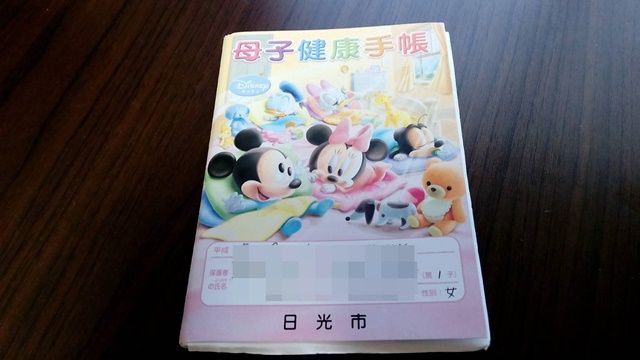In Japan, expecting mothers receive a small yet powerful booklet called the Boshi-techo (母子健康手帳), or Maternal and Child Health Handbook.
It’s more than just a medical record — it’s a symbol of how deeply Japanese society values the connection between parent and child, and the idea of caring for life from the very beginning.
👶 What Is the Boshi-techo?
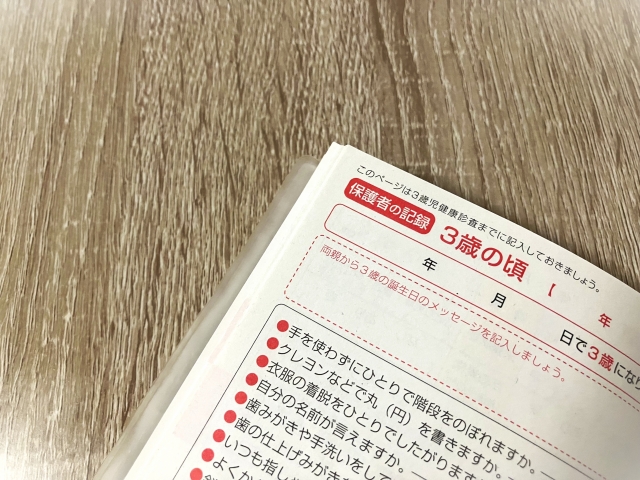
Once a pregnancy is officially confirmed at the hospital, mothers are encouraged to visit their local city hall to receive the Boshi-techo.
This diary-sized booklet contains essential information about pregnancy, childbirth, and childcare — including nutrition, mental health, and advice for each stage of a baby’s growth.
The Boshi-techo is issued by all local governments in Japan, free of charge, and is available to any mother-to-be regardless of nationality.
Inside, there are pages for recording medical checkups, growth charts, and vaccination schedules, as well as cards for free health screenings and public services.
🩺 What It Records
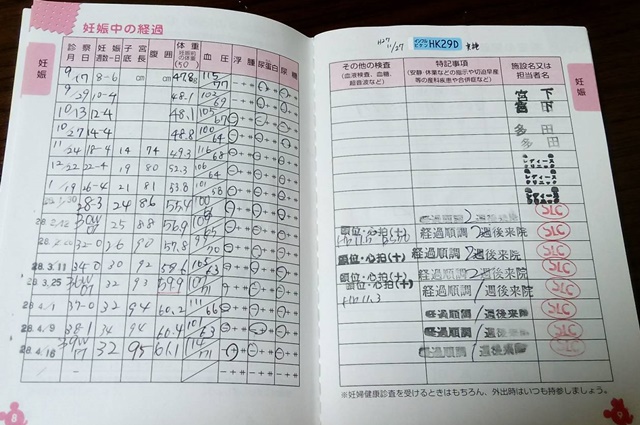
The Boshi-techo follows a mother and child’s journey for years — from the first heartbeat to the first day of school.
During pregnancy, doctors and midwives record key data such as:
- Examination dates
- Gestation period
- Weight and blood pressure
- Fundal height and abdominal girth
- Test results and treatment notes
After birth, the same booklet continues to track the child’s development: growth, health checkups, vaccinations, and milestones until around age six — when formal schooling begins.
It ensures that both parent and doctor can see the full picture of a child’s early health.
💉 Vaccination & Health Management
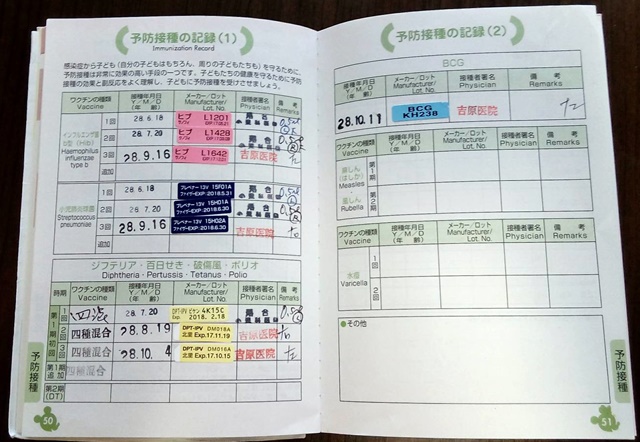
One of the most valuable features of the Boshi-techo is its vaccination record system.
Each vaccine’s name, date, medical facility, and lot number are carefully recorded and signed by the doctor.
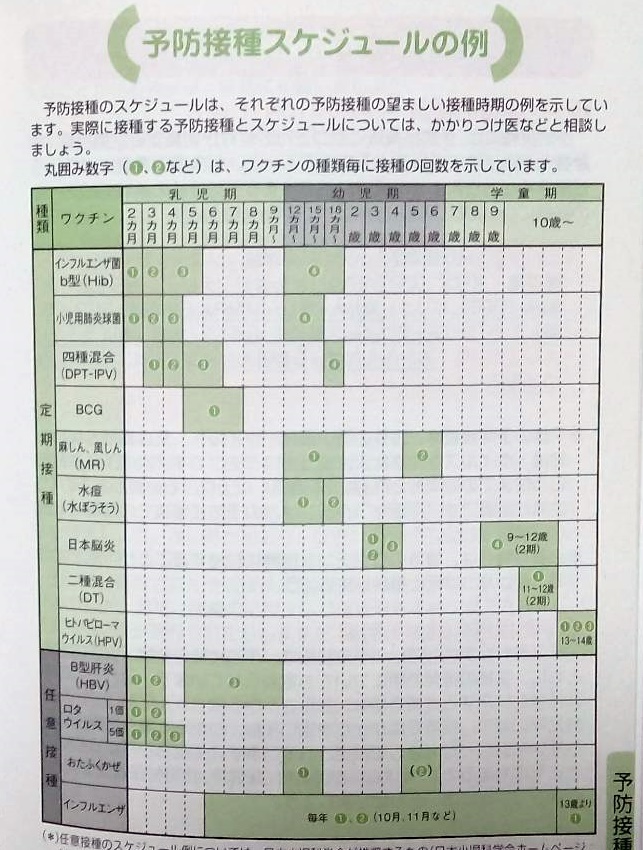
The schedule page lets parents instantly see what vaccines are due next — a practical, visual tool that prevents missed shots and keeps records consistent across clinics.
The booklet usually comes with a plastic cover and pockets for health insurance cards, hospital IDs, and appointment slips — keeping everything organized in one place.
📖 From Wartime Policy to Global Model
The Boshi-techo has a surprisingly long history.
It was first introduced during World War II (1942) to protect mothers and children’s health and help rebuild the population.
Over time, it evolved from a wartime policy into a national public health cornerstone, ensuring that no family — regardless of income or background — is left behind.
Today, Japan’s Boshi-techo system has inspired similar programs in more than 30 countries, including Indonesia, Bangladesh, and Kenya.
These nations have adapted it to their local healthcare systems, proving that the concept of “recording care” transcends culture.
💌 More Than a Medical Record
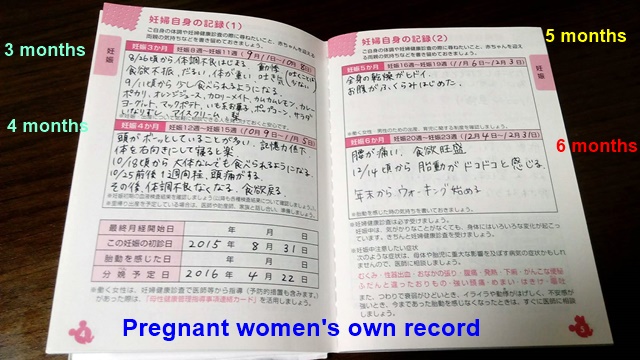
For many parents, the Boshi-techo becomes a keepsake of love — filled with notes, doctor’s comments, and tiny handprints.
It is both a health document and a family diary, connecting generations through the act of care.
In a society where efficiency often dominates, Japan’s Boshi-techo reminds us that the most valuable records are not just digital, but emotional — handwritten pages that tell the story of a family’s beginning.
🔗 Related Reads
- Sekihan: The Red Rice of Celebration in Japan
- Omamori: Japanese Good Luck Charms and Their Meanings
- Keiro no Hi: Japan’s Respect for the Aged Day

